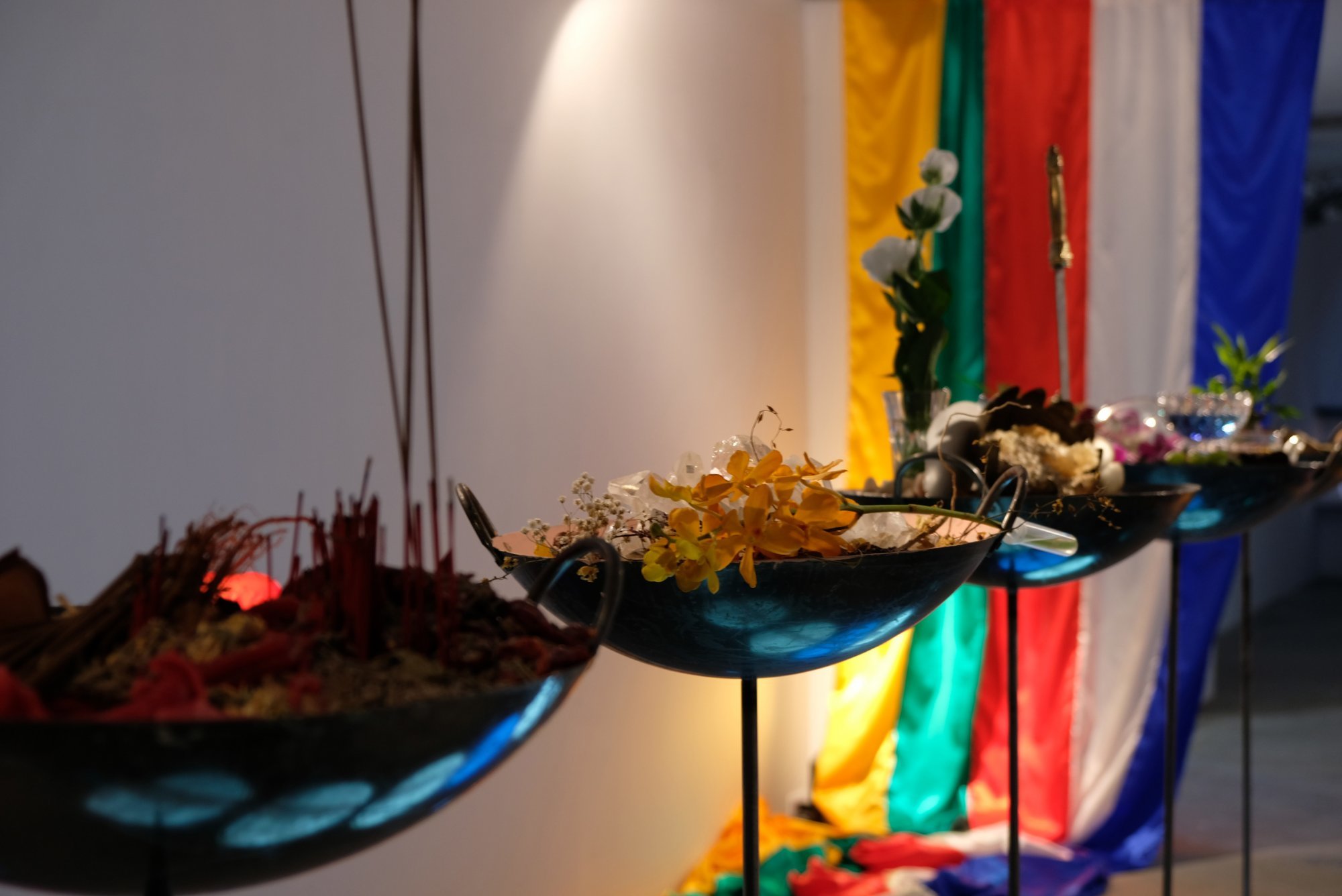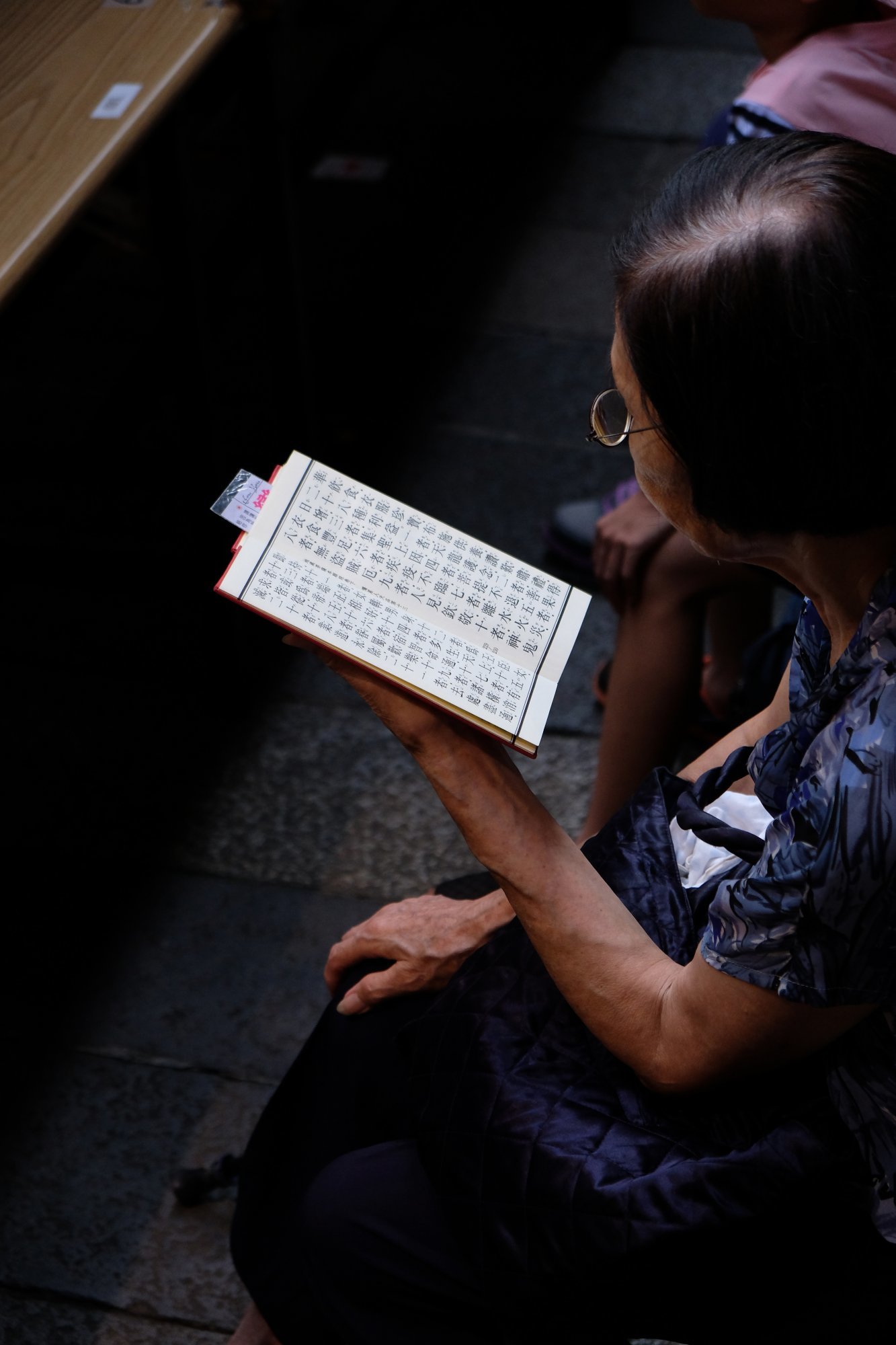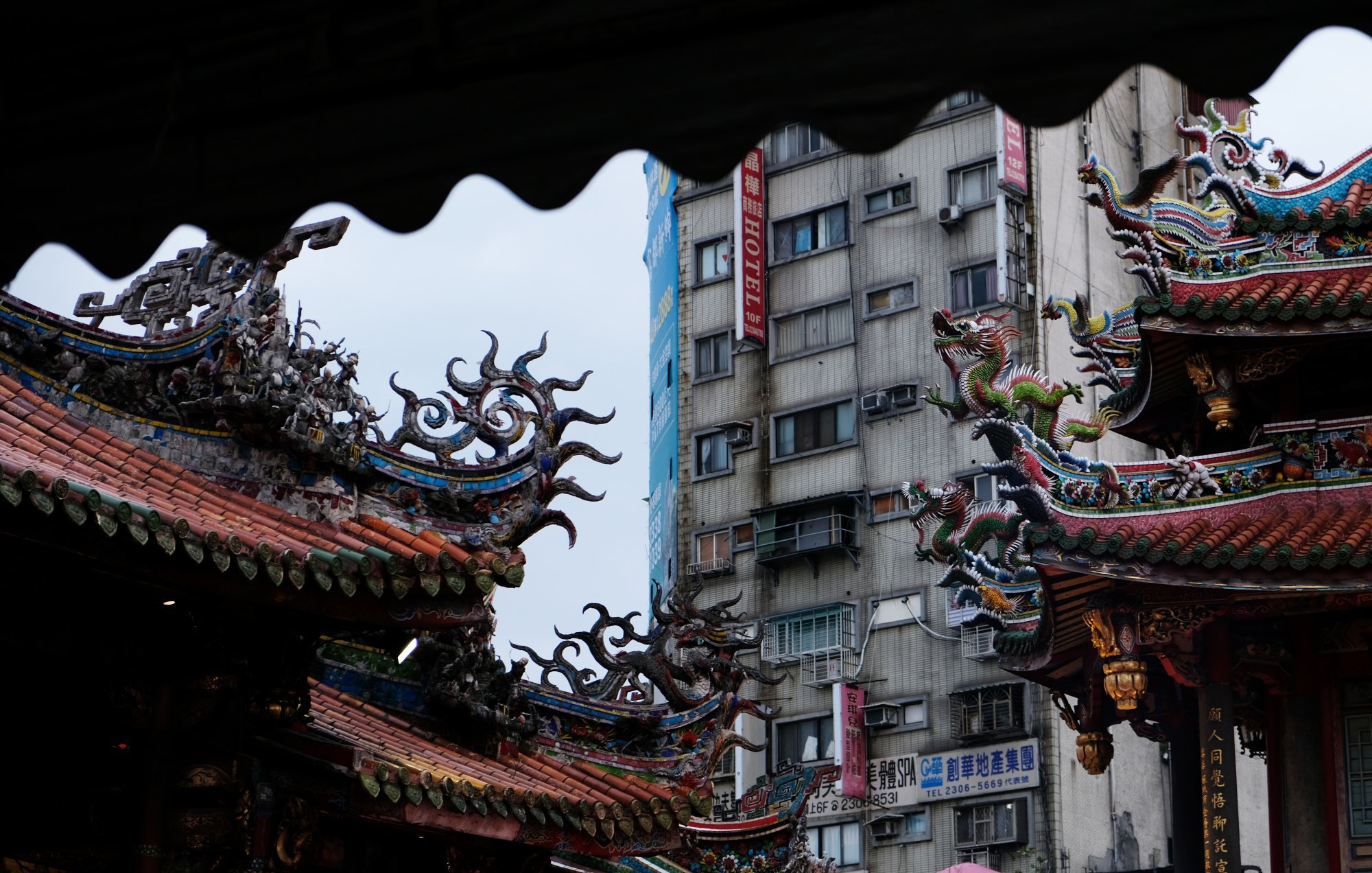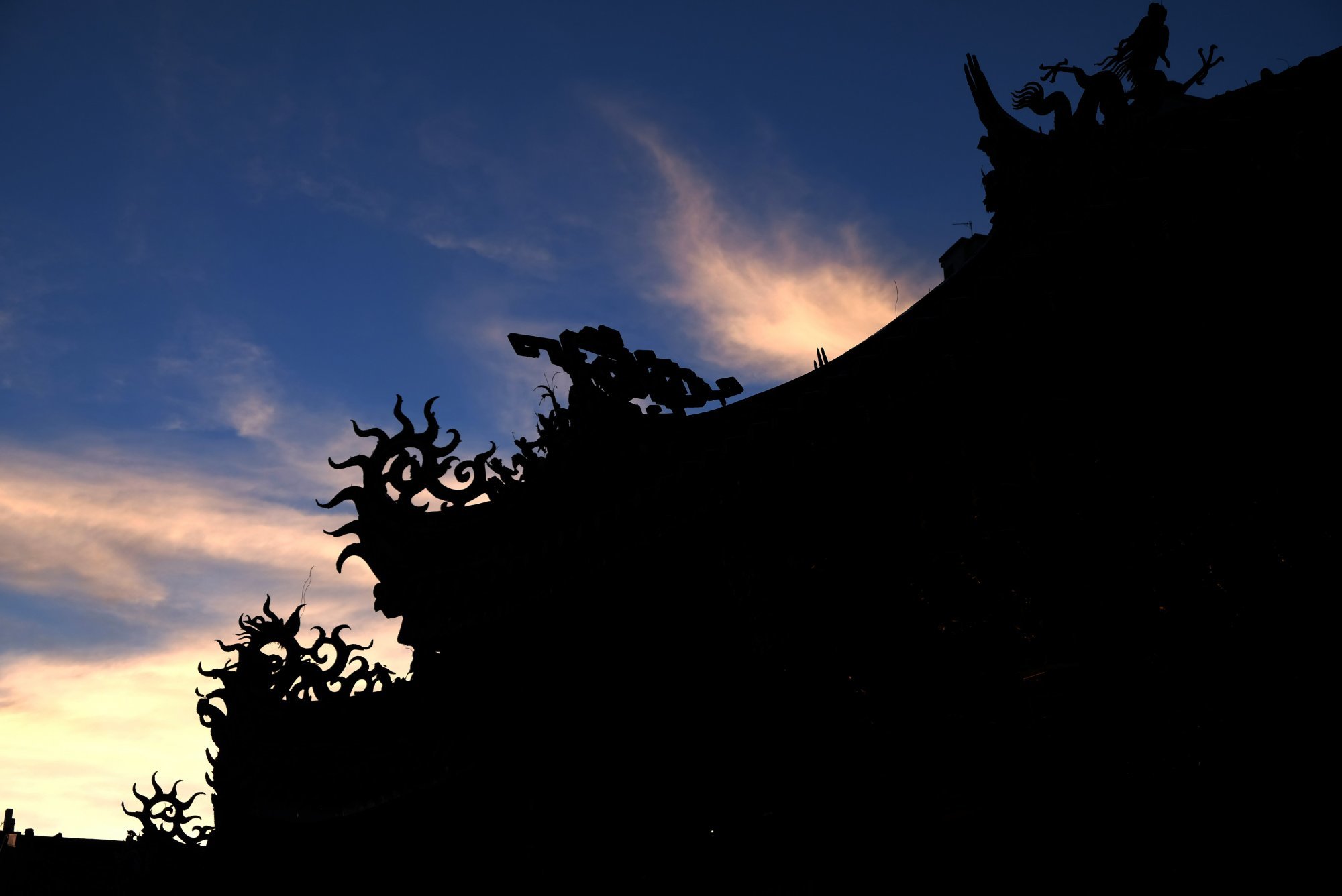
Tiffany Singh: images from her 2018 residency in Taipei.
We write
great emails.
If you’d like to stay in the loop with the arts and creativity in Aotearoa, get ‘em in your inbox.
If you’d like to join a movement of people backing the arts and creativity.
Q & A: Tiffany Singh
Social Practice Artist and 2017 New Generation Award recipient, Tiffany Singh, explores engagement in arts and cultural & subjective well-being in her work. We caught up with Tiffany while she was in residence at the Taipei Artist Village and ask her questions about collaboration, arts accessibility and the impact of her award.
How has receiving the New Generation award impacted on your career as an artist so far, and what did it mean to you to be recognised amongst your peers?
For me the most significant thing about being awarded the New Generation Award was the acknowledgement of social practice arts as a contemporary art form, this was hugely permission giving. By having such a respected foundation acknowledge me, and in turn social practice, it has all of a sudden given what I do a profile whilst repositioning this once called community service or social work as a fine arts endeavour. This alone has enabled more of a mainstream audience and the art world to have a greater understanding and entry into the role of social practice art, and its differences to object orientated arts practice. It has definitely made those around me take what I do more seriously!

One of the exciting opportunities for you this year was to create two installations for Te Papa in Wellington. Can you tell us a little about your intentions for these works? (my 2-year-old niece loved Total internal reflection and I loved the rich fragrance and calmness of Indra’s bow)
Both works look at the power of colour therapy as a healing modality. The intention was to encourage the audience to look at the world around them, by presenting sensual aspects of the natural world that help us take a moment to recognise the importance of nature and colour. According to colour theory, certain colours work together in complementary ways that impact how they are seen and understood. Both works are hopefully immersive colour installations albeit in different ways, and both draw specifically on Buddhist ideas and the understandings of colour in the Vedas (a canon of Sanskrit texts codified more than three thousand years ago). They aim to explore the different energies and healing properties that colours possess within these belief systems and although they are very different in their manifestations, hopefully both works bring us back to a grounded sense of acknowledging our wellbeing and being present in the moment.
You are currently in Taipei on a residency at the Taipei Artist Village. The residency exists to promote multinational and cross-disciplinary collaboration – could you tell us about what you have been working on there and your experiences of collaboration and life in Taipei?
I am, I love the east, the philosophy and presence of Buddhism really sits well with my heart and soul. It's hugely inspiring for me to be in places with such active spaces for offering and prayer. Basically I thrive being around Buddhist temples and seem to feel more alive or connected to the world around me when I can access them regularly.
It is this practice which helps me to draw on ceremonial and ritualistic methodologies that continue the essential dialogue around our vital relationships with the natural world. It is exploring this through my work, that helps me understand how to draw attention to the current commodification of natural resource and the intrinsic value of nature. The Interconnectedness Of Everything [My work created during the residencyis based on the concept of Taiwan’s indigenous traditional medicine and the emerging status of the ethno-pharmacology study, which outlines the global scenario of the inheritance and development of traditional medicine. In the scope of knowledge protection, it is important to find a creative way to learn about, share and protect traditional medicinal knowledge. The artwork explores the connections between Wu Xing and Wu Shen, and a collaboration with an indigenous medicine practitioner has enabled me to create the 5 offerings bowls for each of the 5 elements. These explore healing aspects of the 5 elements theory of medicine and philosophy as a contemporary work of art through colour, sound, scent and projection mapping.
Visit her blog detailing her work and experiences from the residency here.


Your artwork is uniquely accessible to both adults and children. Is it important to you that children are able to interact with your work?
It is really important to me the work is accessible by a variety of audiences. I got quite disheartened by the contemporary arts becoming so overly intellectual and cold over the past decade, it seemed to only be having a conversation with an academic audience with a fine arts background. I really wanted to make work, that of course has the intellectual layered content and concepts behind it, but also work that was pleasurable to the senses through immense and sensual qualities. We spend so much time being bombarded by the realities and hardships of life sometimes it is important to step into a space of subtle healing energies. To reconnect with our self and others through joy and beauty and actual engagement not through digital interfaces, but with work we can see, smell, and feel together. Children with their innate sense of freedom and play resonate with these concepts naturally. It allows them a freedom of expression especially when they are informing a space such as in Total Internal Reflection.
Is being a parent an influencer on your creative practice?
That's a tough question...is being a parent an influencer on your creative practice? or is being a creative practitioner an influencer on my parenting? This is the first time I have attempted a residency with my family. I really believe that it is hugely important to nourish the making of art and the development of children by combining processes and experiences that enable both aspects of life to coexist harmoniously. Both my children have been surprise pregnancies. I had exhibitions and residences lined up from the time Sequoia was 5 weeks old and never stopped. The baby due in December will experience the same fate! Both motherhood and my arts practice are a part of me, neither are jobs that have start and finish times and I would be incomplete without either. It is a constant balance filled with guilt around never having enough time for either, but also immensely rewarding through being able to travel the world and introduce them to different places, people and cultures through being an artist. I'm not sure there are any wrongs or rights, but I don't think I would be a good mum if I wasn’t committed to doing what makes me feel fulfilled and contributing positively to the world around me. It is important to show them to follow their own path and own truths, for me that is very much being a social practice artist.



What ideas are you excited about at the moment? And/or what is next for you?
We - my husband and I, have had huge success out of the pilot project that took a localised library version of A Journey Of A Million Miles into Owairaka School as an education resource recently. The Localised School Immigration Library enabled the youth community to share in their own time, their own stories without needing to be interviewed or publicly share their experiences about immigration. The development is aimed at a primary school level so the engagement process can aid spoken English, confidence building, and the sharing of identity and experience through a safe and private portal. The school then has access, and the potential to build a current audio library of its students experiences of immigration. I am really excited by how this arts project crosses over as a valuable social sciences resource, and therapeutic process for children who are recent immigrants. So we are very keen to explore ways to further this project as a valuable school resource and hope to take the project online and share it with schools nationwide.
Further afield, given that I am about to have a baby and my daughter has just turned 3, I have been looking really closely at the role of female artists historically. I have been awarded the prestigious Creative Migration Bangkok 1899 residency in 2019. This residency will seed research development and the beginnings of social practice enquiry that looks at the challenges female artists face, and how social expectations, family and being minorities within the art world influence our arts practice. An enquiry that also highlights how female artists have been involved in the making of art throughout history, but how their work, when compared to that of their male counterparts is often both overlooked and undervalued. As always, the new work will explore themes of wellbeing and the connections between arts, health, and social education.